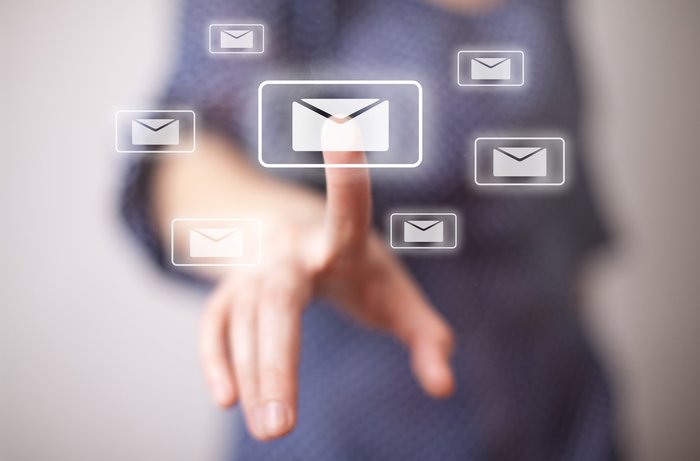5 Questions to Ask Yourself Before Sending Any Email

Your subject line is the caller ID of your email—it will determine whether it gets answered or ignored. Make it specific and direct so that your recipient knows exactly what to expect from the message. If you’ll need your co-worker to give you feedback by Tuesday, don’t bury a note in the last line. Title your email “Reply by Tuesday: notes from today’s meeting” instead of “Hey” (which is the email equivalent of hearing “we need to talk”).
If you’re applying for a job, use key words like the name of the position or your experience to stand out. Writing “Community Manager With 4 Years of Experience” is a short and sweet way to offer your credentials up front.
2. Who are you?
If you’re writing to someone for the first time—for instance, a hiring manager or someone you heard speak at an event but did not meet—you’ll want to establish rapport as quickly as possible. For example, before I wrote a cold email to a company about open freelance positions, I learned that the founder and I both attended the same college. I put “Yale alum” in both my subject and the first sentence of my email; I got a response and scheduled an interview within 48 hours.
Use whatever common ground you can find—schools, mutual friends or interests, professional associations—to let recipients know that you are worth connecting with. Or if you work in a large company and you’re contacting an executive whom you’ve met before, a quick reminder of when and where you last connected will help jog her memory.
3. What do you need?
This is why you’re writing in the first place! Now’s the time for the big explanation, right? Not yet. Aim to be clear and compelling in one or two sentences. At work, think of your email as just a brief initial contact that can set up a live conversation by phone or in person if more explanation is necessary.
This is especially true for cold emails when the recipient isn’t anticipating your message. If you are writing to request a coffee meeting, be specific but leave room for intrigue. For instance, write “I would love to share what I’ve learned on content marketing as well as learn how I can contribute to your current projects.” Remember: Busy people don’t want to have their brain “picked,” they want to get smarter by exchanging ideas.
4. What’s in it for me?
Think of your email as a transaction: What you want from your recipient should benefit her as much as it benefits you. On the job, we are all seeking approval from our colleagues, managers, and customers. How can what you’re requesting help your recipient accomplish this? Be explicit with phrases like, “I can be an asset to your team,” “this may help present your ideas more clearly,” or even “customer feedback shows that they are looking for solutions like these.”
5. Will you appreciate it?
With so many impersonal emails arriving in our inboxes each day, make yours stand out by showing a little humanity. Whether you’re addressing a colleague or a cold contact, you are requesting that person’s time to follow up thoughtfully to your email. Show that you appreciate the effort by signing off with “thank you” or “sincerely” (seriously, “best” is way too confusing). A little etiquette will go a long way to getting the response you want.















































